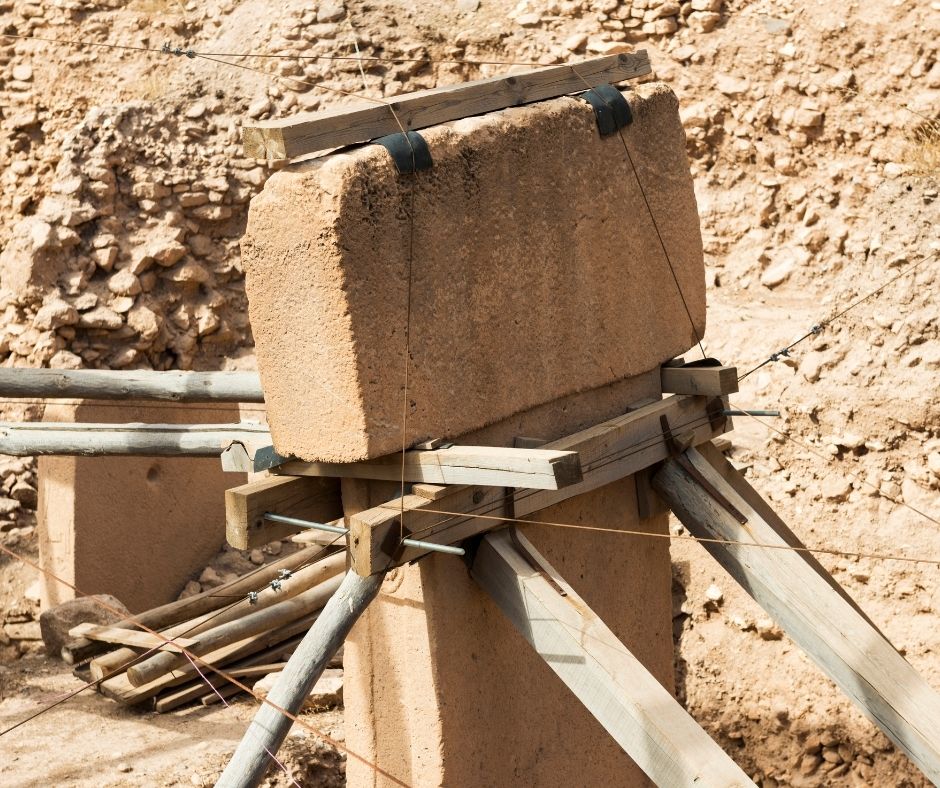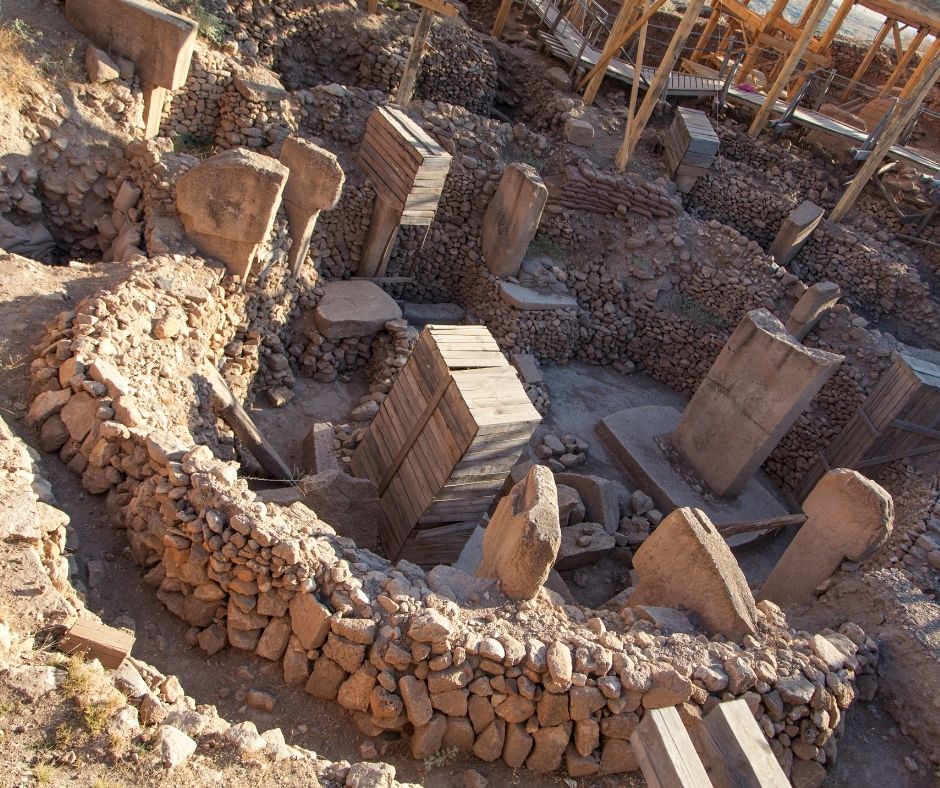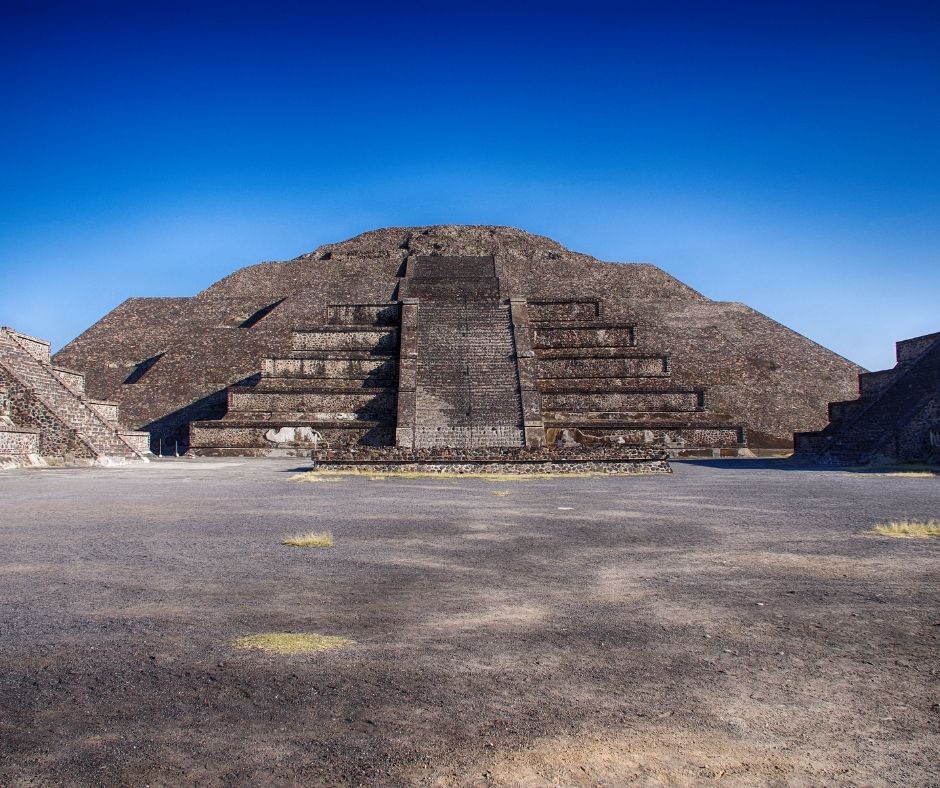There have been ongoing “mythologies” concerning several “advanced” civilizations that may have existed on Earth in the past. They include Atlantis, Mu, and Lemuria. Atlantis reputedly existed in the Atlantic Ocean. Mu in the Pacific and Lemuria in the Indian ocean. All three were also reputedly destroyed by some major cataclysm many thousands of years ago.

Indications of some form of a catastrophe occurring 11–12000 years ago are beginning to accumulate. No actual irrefutable tangible evidence exists that definitely proves the existence of any one of these three civilizations. So to science, they are merely fantasies. However, no evidence existed that indicated or even suggested the existence of Gobekli Tepe in Turkey either. Yet there it is. What is a huge, over 26-hectare site containing the remains of an 11,000-year-old mysterious and advanced civilization that predates Egypt by 5,000 years? A civilization that is completely unexplained by the historical record.

Moreover, this lost civilization existed at exactly the same time as Plato stated Atlantis did. Atlantis was highly refuted by science based on the concept that there was simply no evidence of any advanced civilization ever-existing around 11,000 years ago. Now there is. And it is Gobekli Tepe.
If science was so wrong about what humans were capable of 11,000 years ago, maybe it is wrong about many things. Maybe those “legends” are based on real places. The question is: if Gobekli Tepe could be completely lost to history, how many other Gobekli Tepes lie out there awaiting discovery? At least Atlantis, Mu, and Lemuria remained in the arena of human memory. So all three may have existed as well.

How advanced were they? What happened to them and why?
There are also indications of other strange and mysterious archeological sites. One is submerged n the eastern Indian ocean just off India. There also appear to be several located in the Pacific. Almost all are submerged deep underwater. Evidence has emerged concerning potential sites in the Caribbean as well.
We do know for sure that over 12,000 years ago, the ocean levels were 300–500 feet lower. Something occurred that raised the ocean levels rapidly. There could be numerous archeological remains that still exist up to several miles off of the coastlines of the oceans and seas all over the world. What is most strange is that Gobekli Tepe was nowhere near the ocean. Yet it completely disappeared, and no memory of it remained to even enter into the realm of legend.

This theory is gaining traction due to the final acceptance of Gobekli Tepe and other sites currently being explored in Anatolia. We have to stop thinking we are the end-all of it all and that anything is linear. Technology can be many different things, not just the fossil fuel-driven type of today. Maybe we aren’t even the second or third advanced civilization. Maybe we are in a long line of many different advanced civilizations to have been on this planet.
There were advanced prehistoric civilizations, and we know some things about them. Below are some examples:

MINOANS: flourished on the island of Crete and Mediterranean islands ( 3,800 -1100 BC ). Grate palaces, writing, bureaucracy, plumbing system, high-end art. They were conquered and destroyed by the mysterious Sea People. All they had left were numerous myths ( Daedalus- Icaros, Labirynth, Talos ). Had they continued undisturbed till today, who can tell what they could have achieved?
SUMERIANS: A civilization in Mesopotamia. They practically invented what we call urban life; back in 6,000 BC, they had built cities like Ur invented monetary trade, shipping, agriculture, farming, and writing. Their achievements were adopted by the Accads, Assyrians, Persians, who conquered the region later. We can conclude that their legacy still lives on. Why didn’t they keep on progressing? Because they suffered from other, less sophisticated tribes’ invasions for a prolonged period.

OLTECS: The first civilization in Central America (Mexico ) emerged around 1,600 BC. They had built pyramids invented a writing system calendar. They were distinct probably by natural causes, volcano activity, or prolonged periods of drought.
Some of the old civilizations left their marks on cultural evolution, and some were totally forgotten. They were all remarkable, and no one can tell what would be the world in our days if all could survive for long.
Peoples needs are always the same: food, safety, medicine, so the same facilities and doctrines are emerging again and again.
